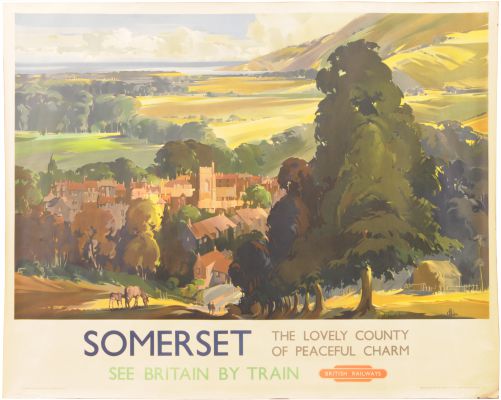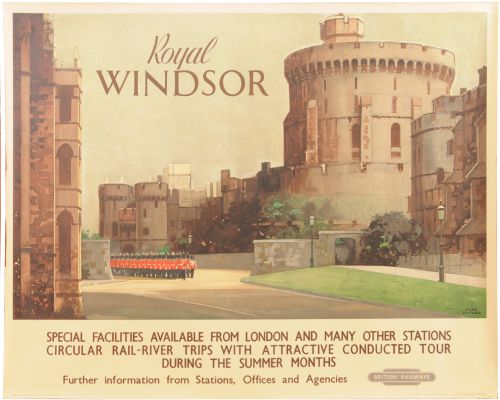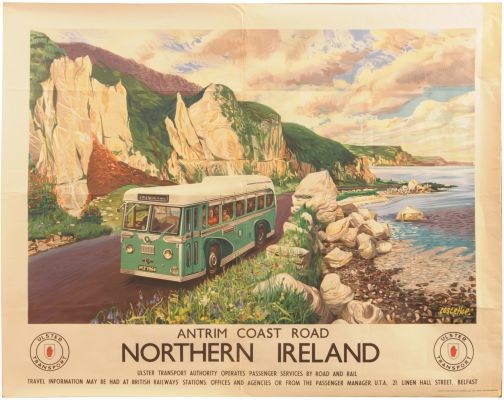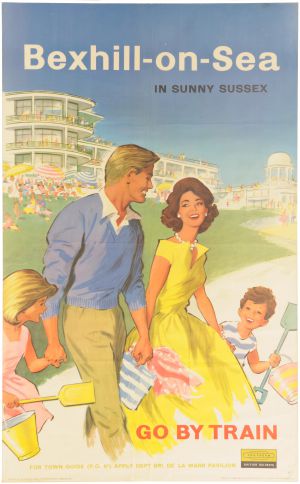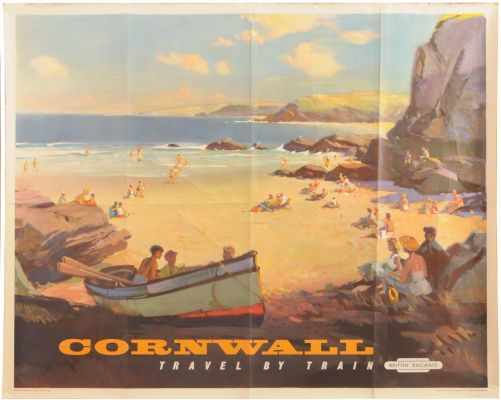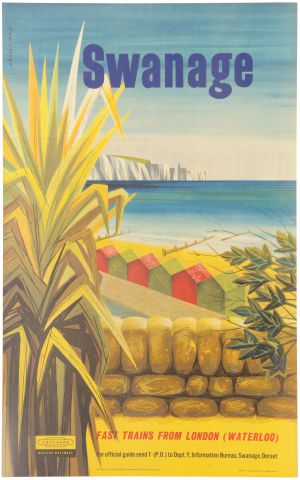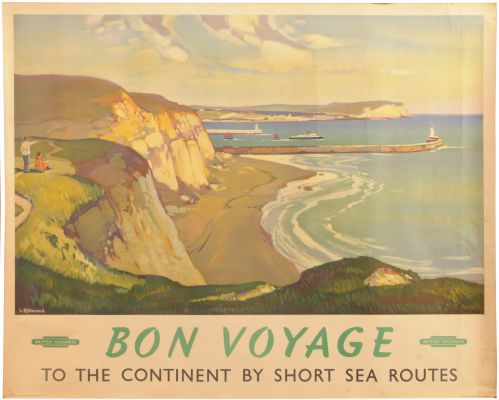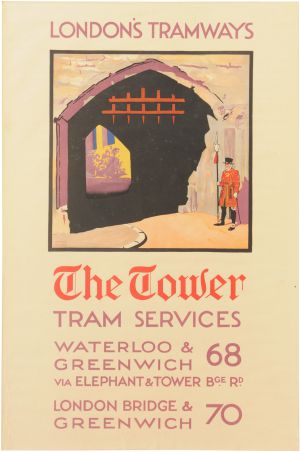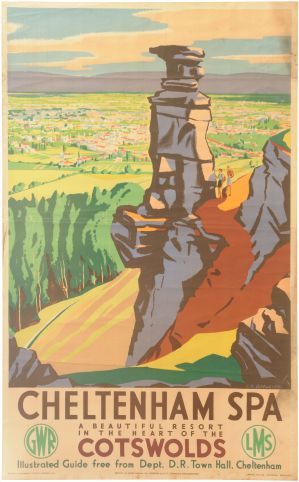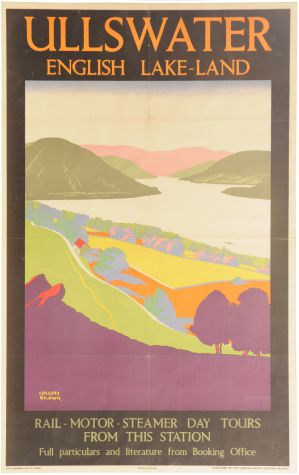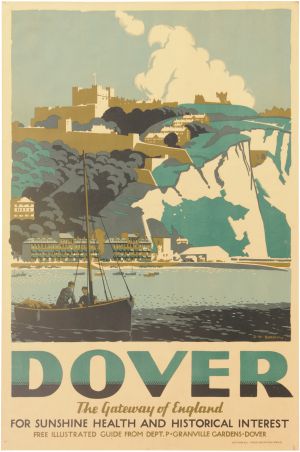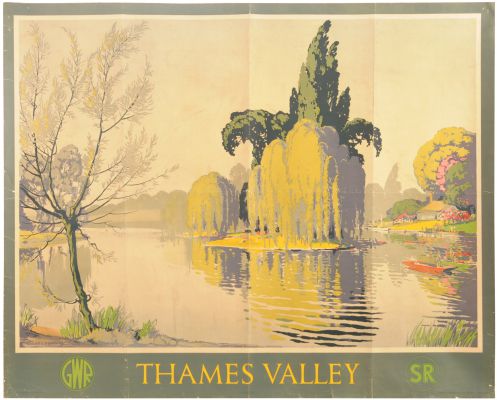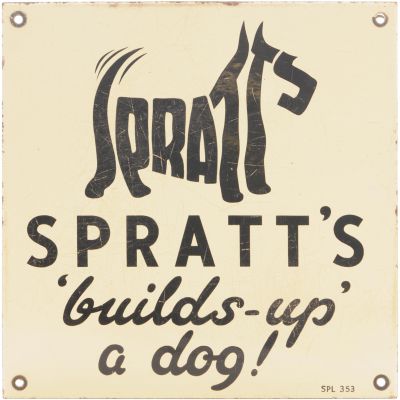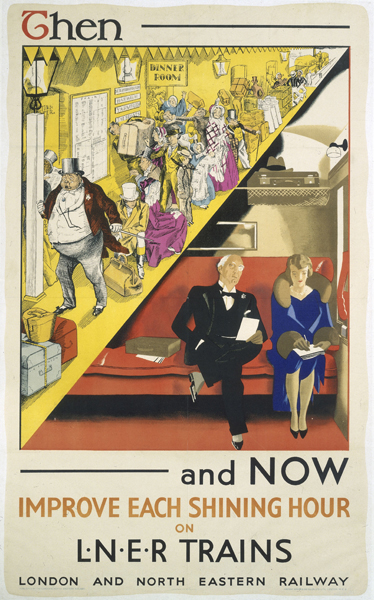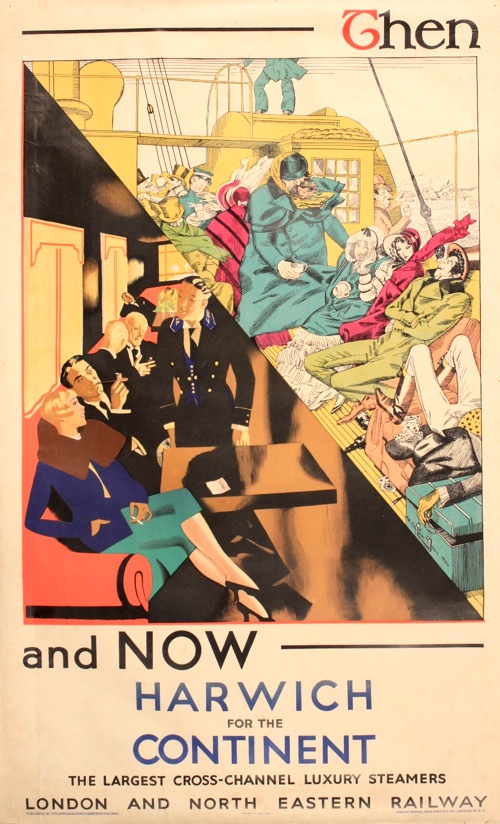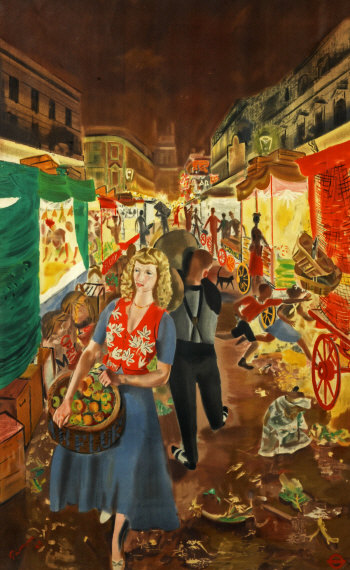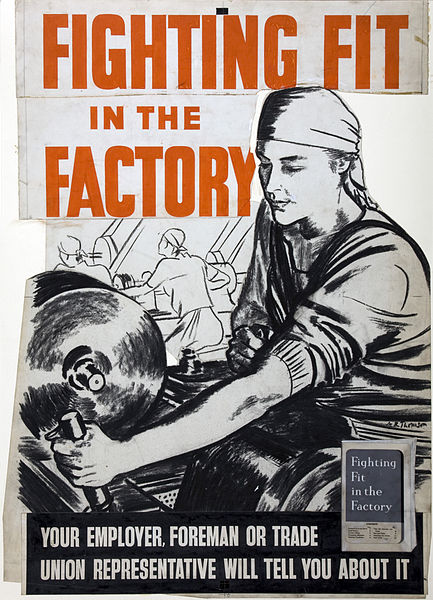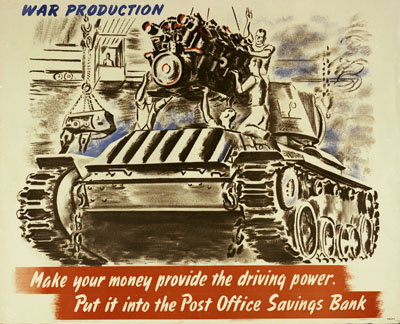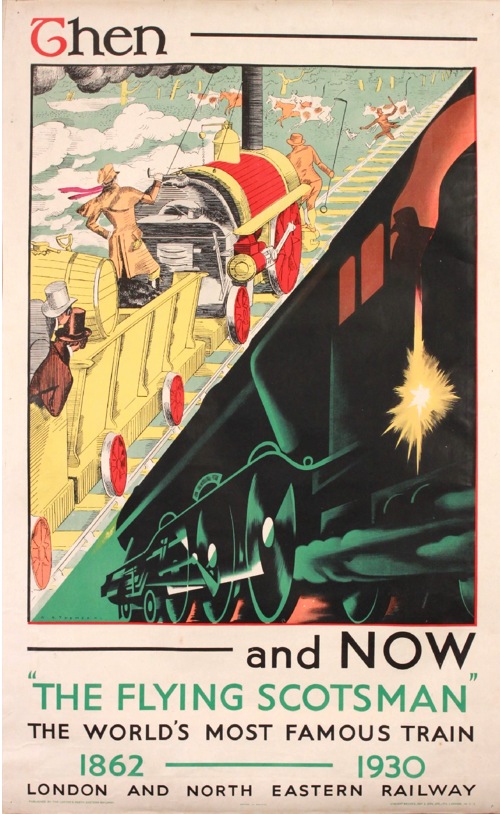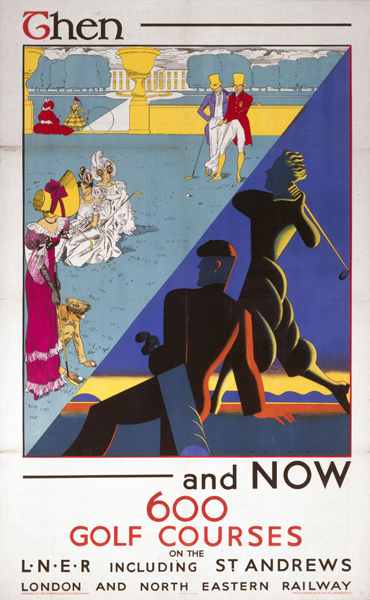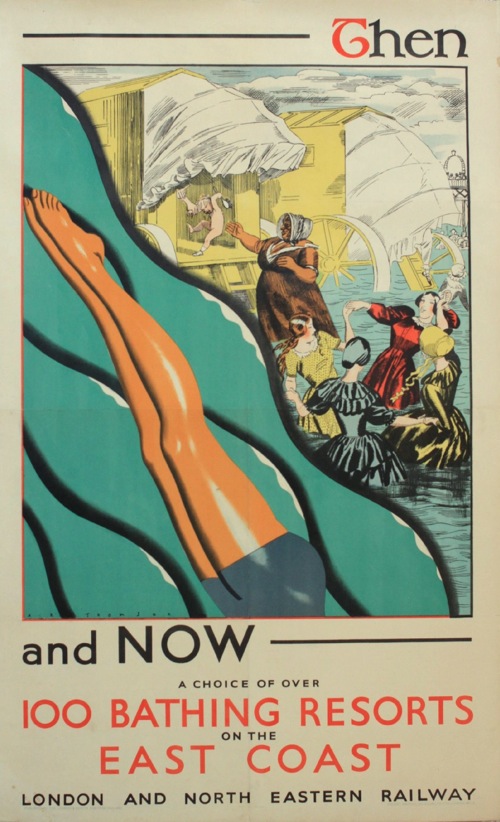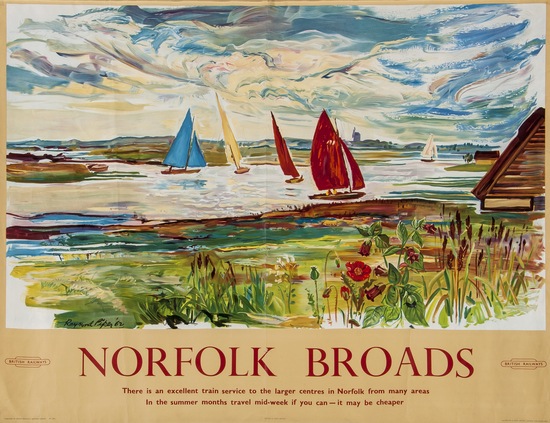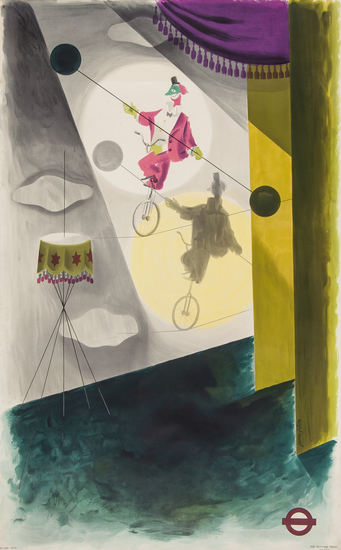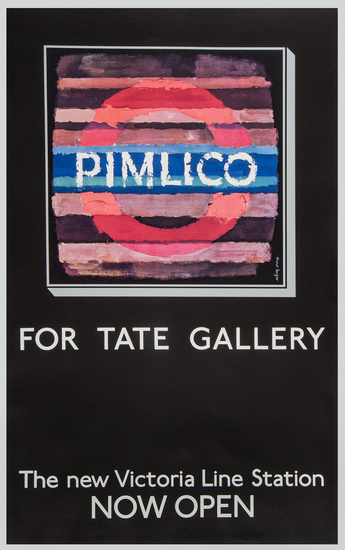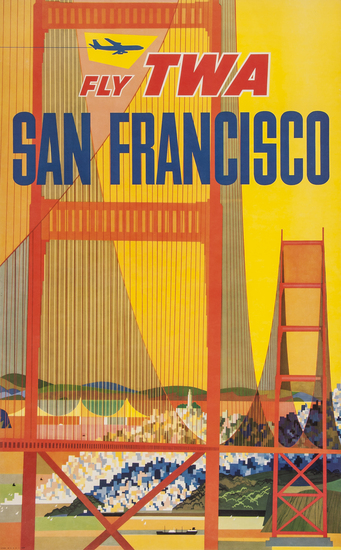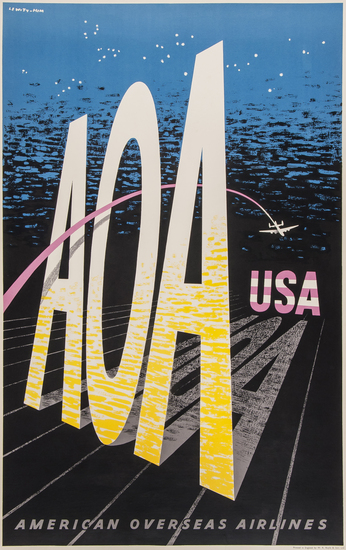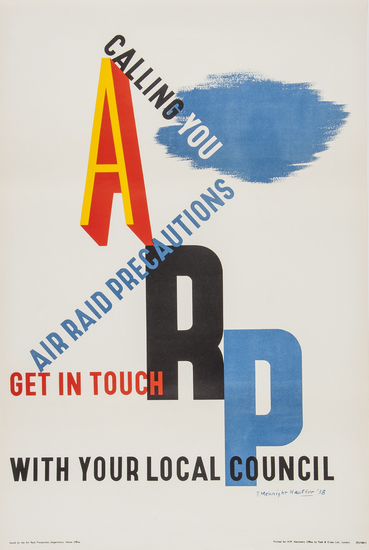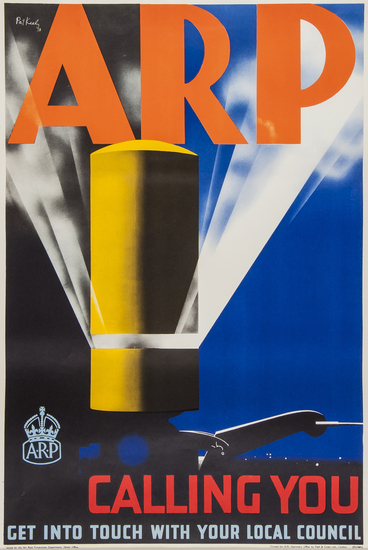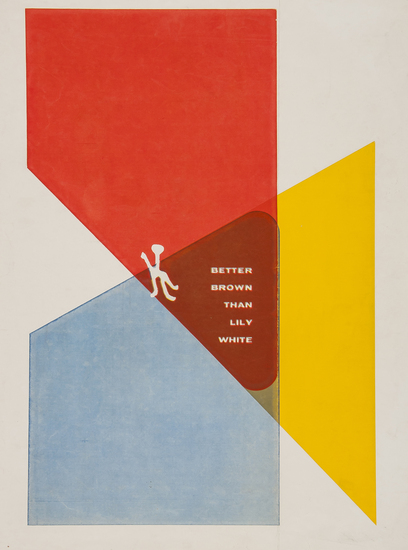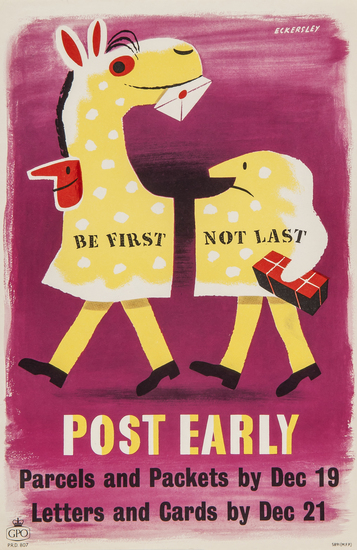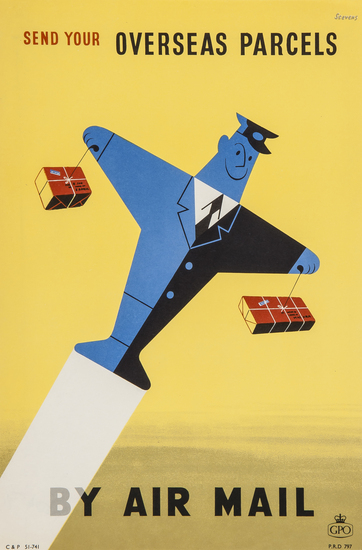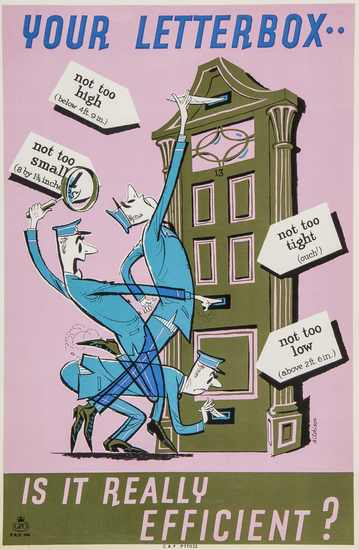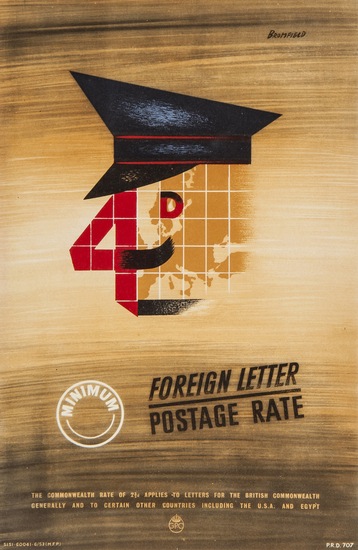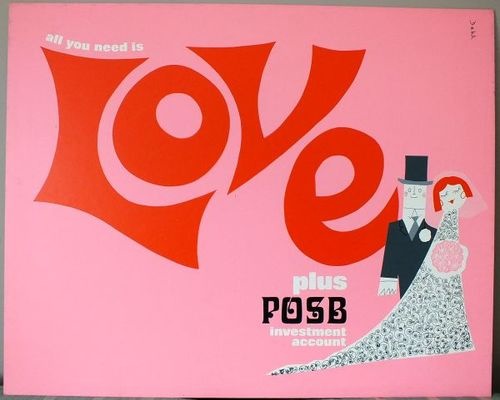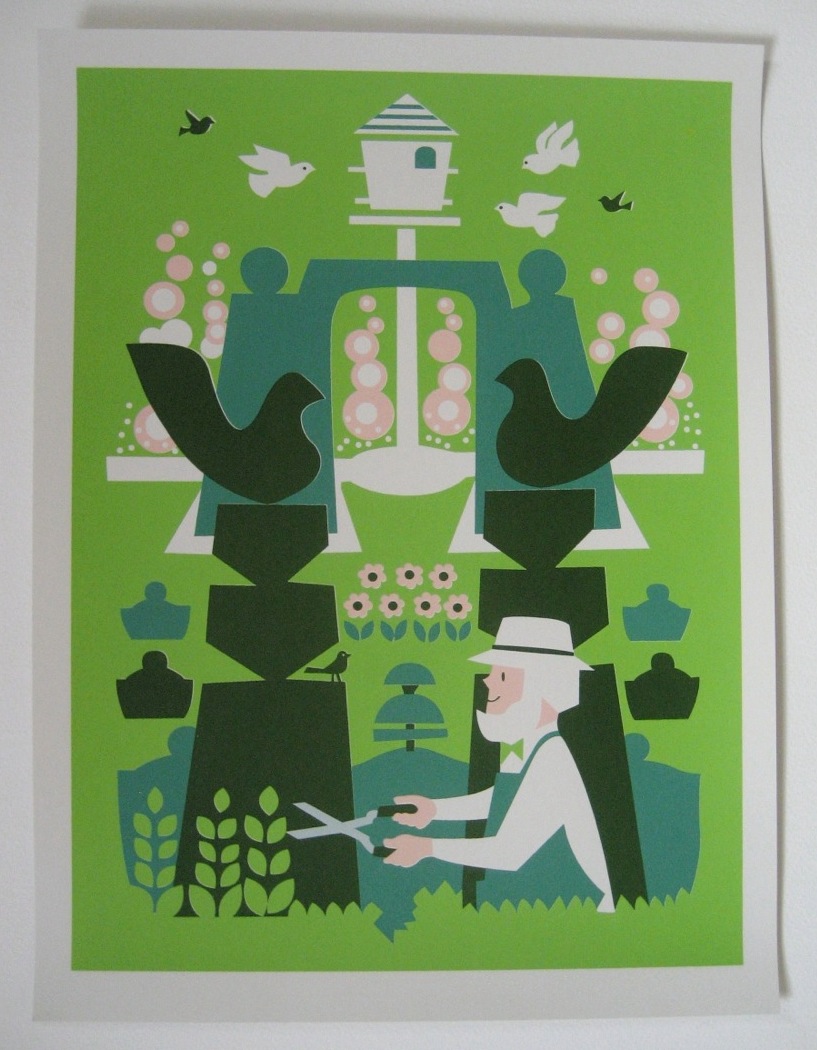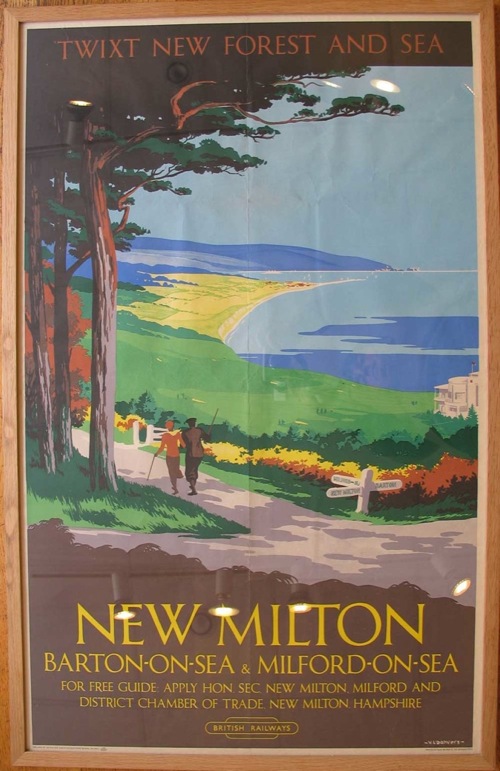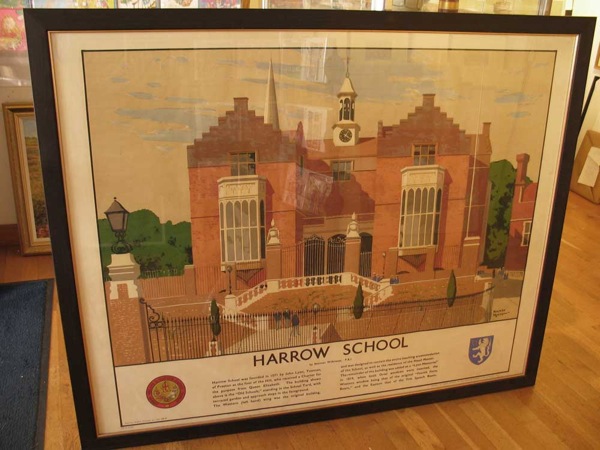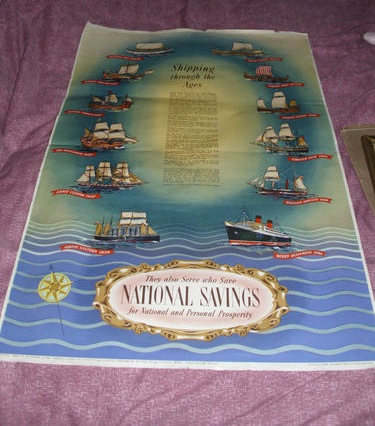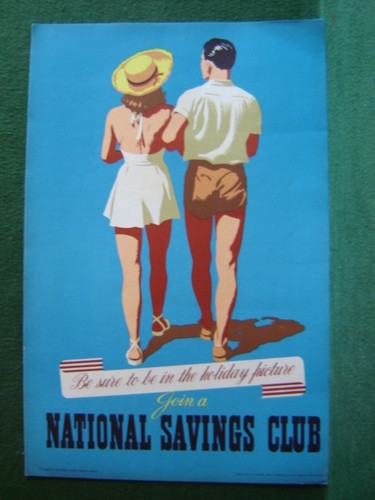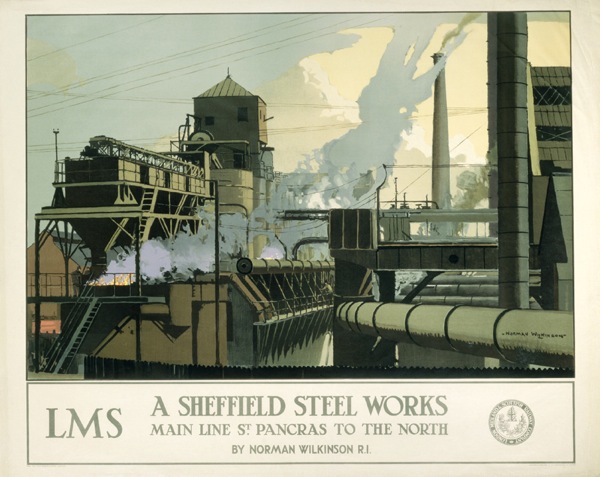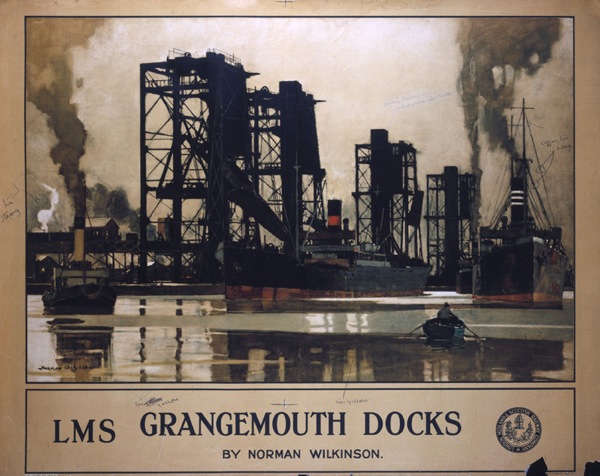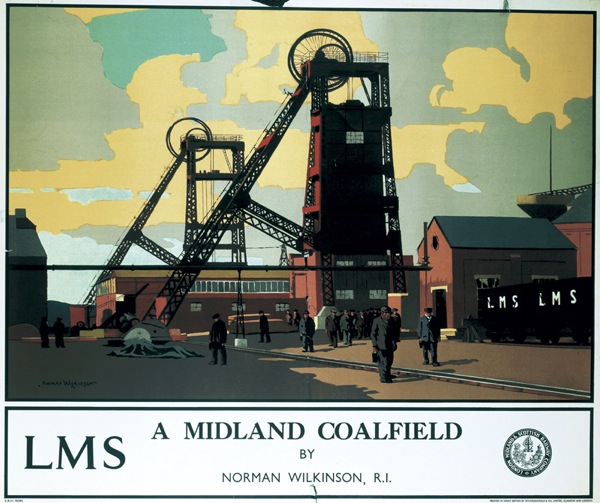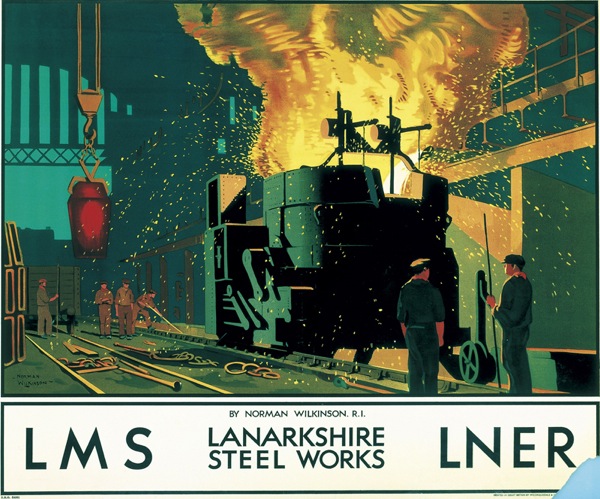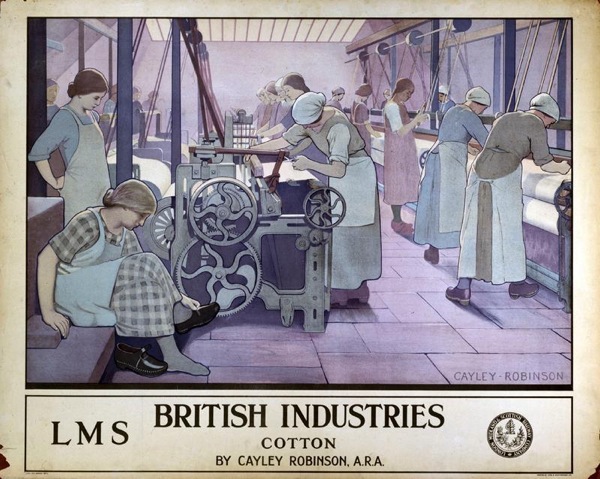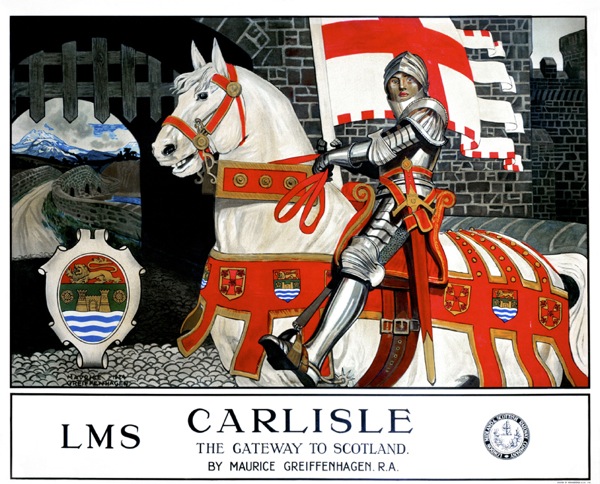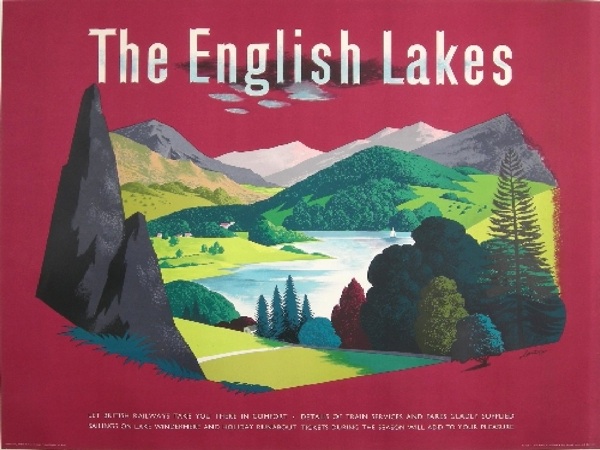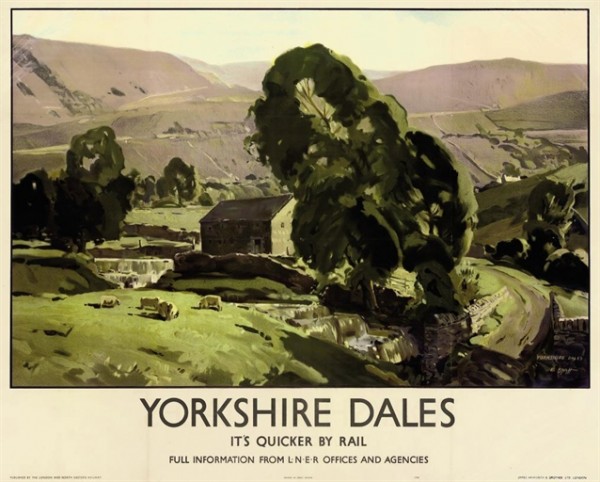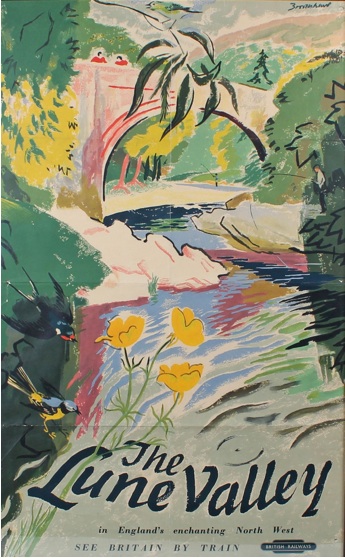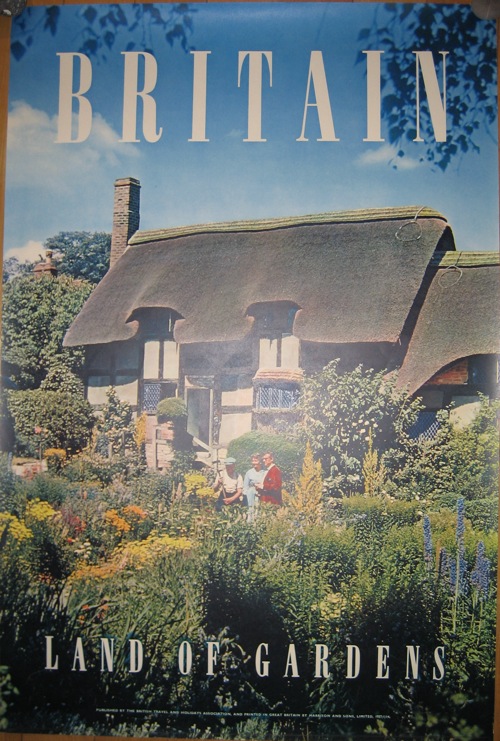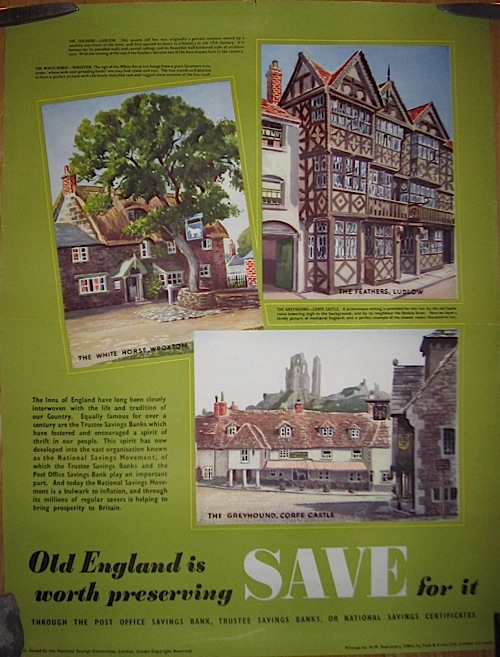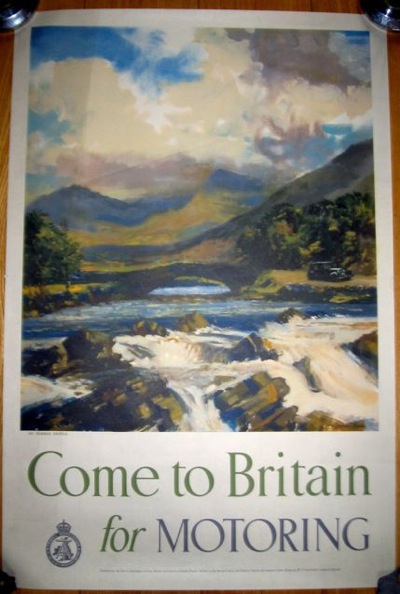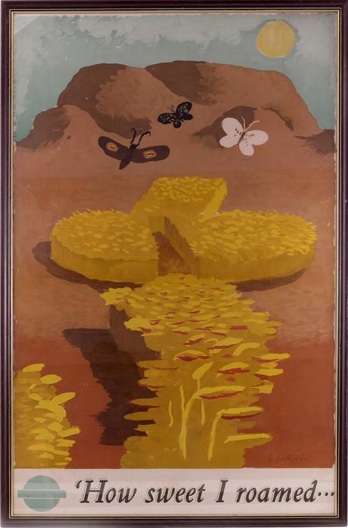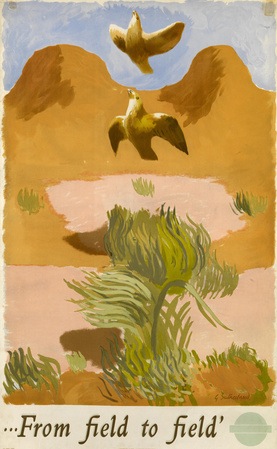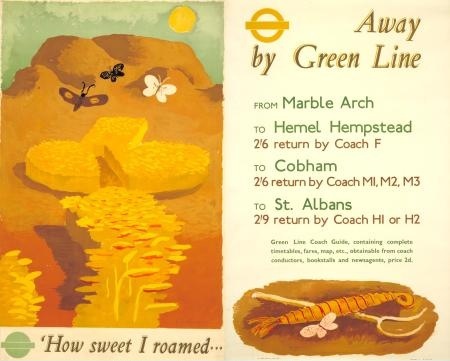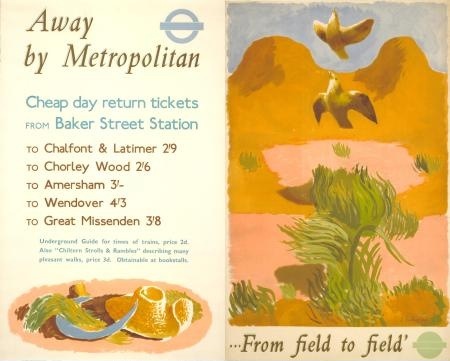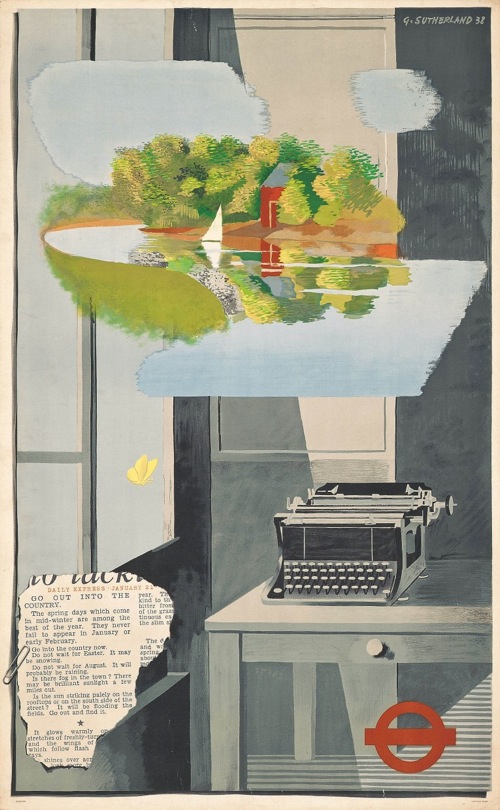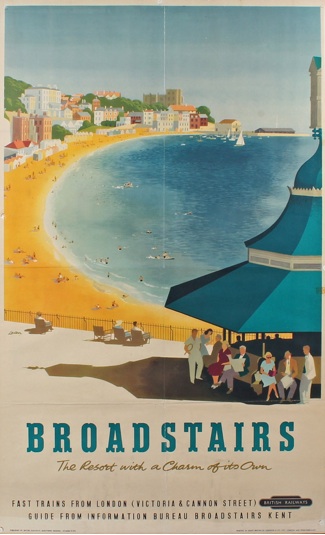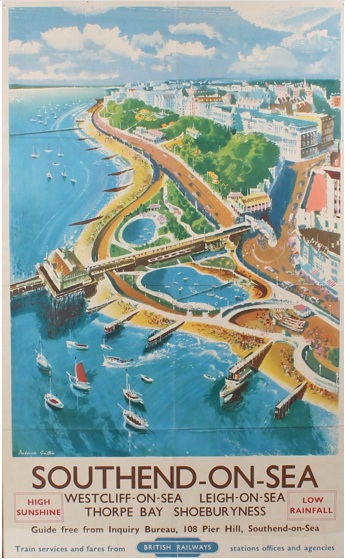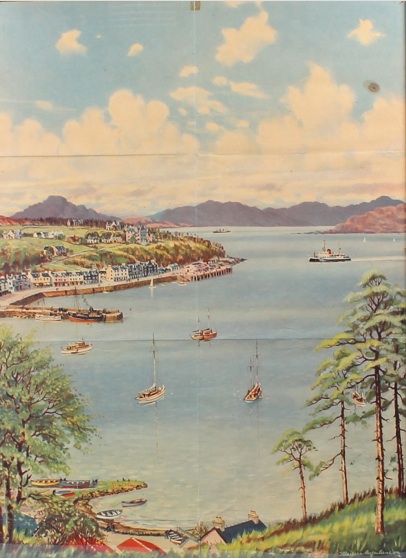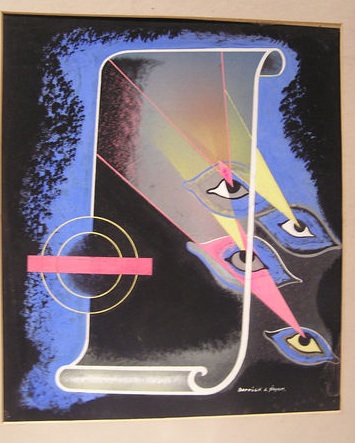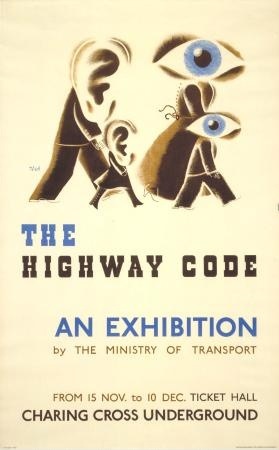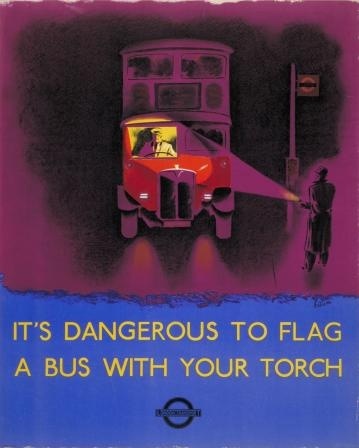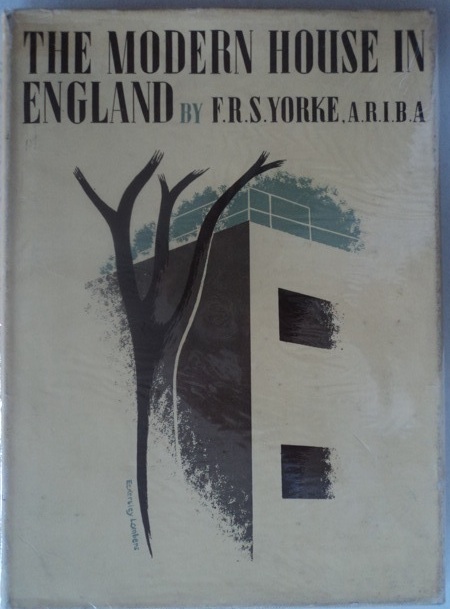Peaceful charm
I’m not really supposed to be here at all, what with it being the Easter holidays and so on. But Great Central Railwayana have sent me the catalogue for their forthcoming auction, and guess what, it’s got posters in it. So I thought you might like to know.
That said, I can’t quite work myself up to a fever pitch of excitement about the selection; rarely have I seen an auction so full of posters which look exactly as I’d expect railway posters to look. This Claude Buckle is probably my favourite of the very many that there are on offer.
Although there are several others which just look wierdly pedantic and over-detailed, like Ladybird drawings except without the kitsch appeal. Fred Taylor is not on form in this one.
While this, by Costelloe, comes from the Observer Book of Bus Spotting.
The area of design where Ladybird illustration shades into kitsch is also present, as with this anonymous effort.
But if railway posters we must have – and it appears we must – there are some to like as well. This series have always been amongst my favourites, because, I think, the typography isn’t boxed off in a frame.
And I’ve always been a sucker for that Festival of Britain-esque typeface anyway.
This Bromfield for Swanage is also rather good.
And I like this one as well, although I am unable to give a coherent explanation as to why.
Maybe I just need a holiday.
Just to keep us all on our toes (see, I was paying attention) there is also a single London Transport poster, by Frank. M. Lea
Perhaps the most interesting set of posters, though, are these three, which to me all look to be stylistic cousins.
To be specific, they are all railway posters with a distinct resemblance to classic Batsford book covers, as designed by Brian Cook.
None of them are, though – the first one is by Birtwhistle, the middle one by Gregory Brown and the very striking version of Dover below is by D. W. Burley.
I’d like to think that it’s someone with particular taste selling their collection, but it’s probably just chance.
You might even include this 1946 Walter Spradbery in the collection too if you were feeling generous.
I’m always rather intrigued by these posters which, although they date from just after the war, still have the ghost logos of the old railway companies on them. It always makes me wonder what people knew, or at least what they wanted to believe. The Railway Executive had been running the railways for six long years, and surely, after the General Election, people must have known that nationalisation was coming. But these few posters still slipped out, as though someone, somewhere, wanted to believe that it would be possible to carry on as though nothing had changed. Even the image here reeks of that kind of nostalgia, as though the art deco days of before the war could still be reached, just a few stops further down the train line. Or am I being too fanciful?
This, of course, is a a railwayana auction, which means that there are no estimates and I do not have the foggiest what any of these posters might fetch. But I am going to make a resolution about that, and at some point in the next week or so (school holidays permitting, which they don’t much), I will go back through a couple of old railwayana catalogues and take a look at achieved prices. And then, probably, curse all the bargains I have missed. Never mind. I’d quite like to know what this would go for too.
